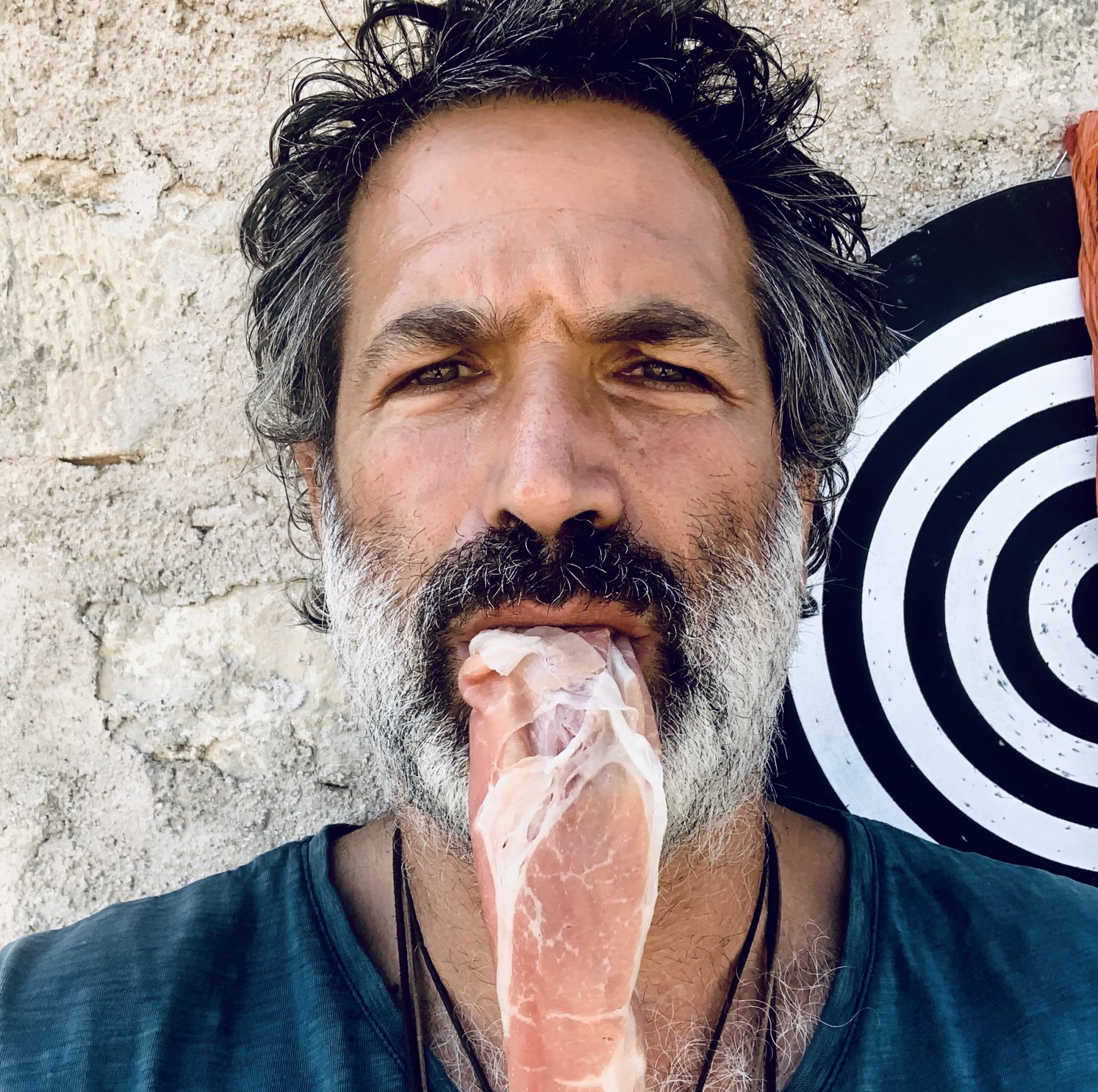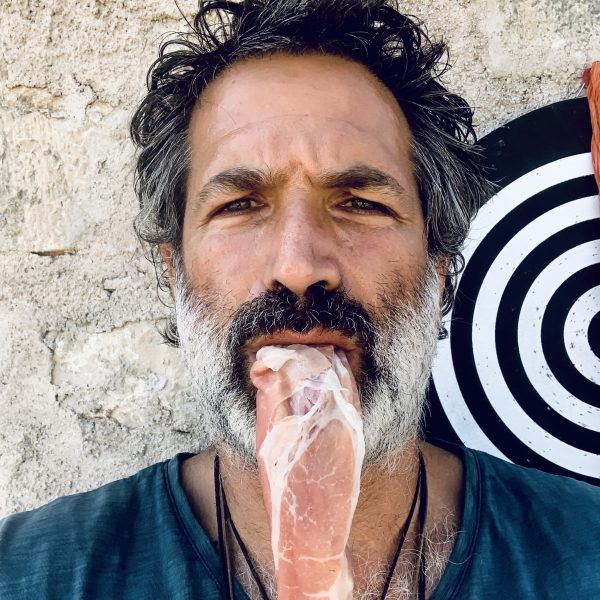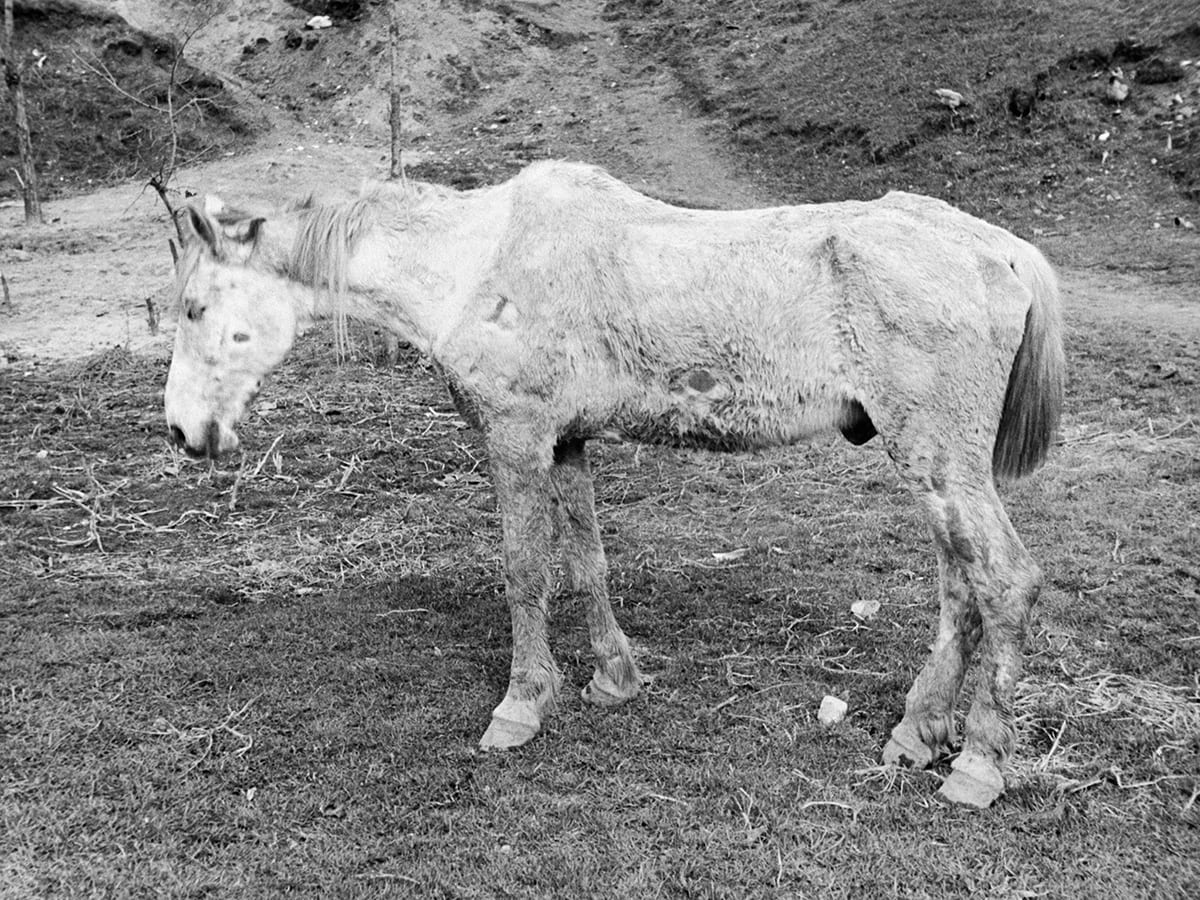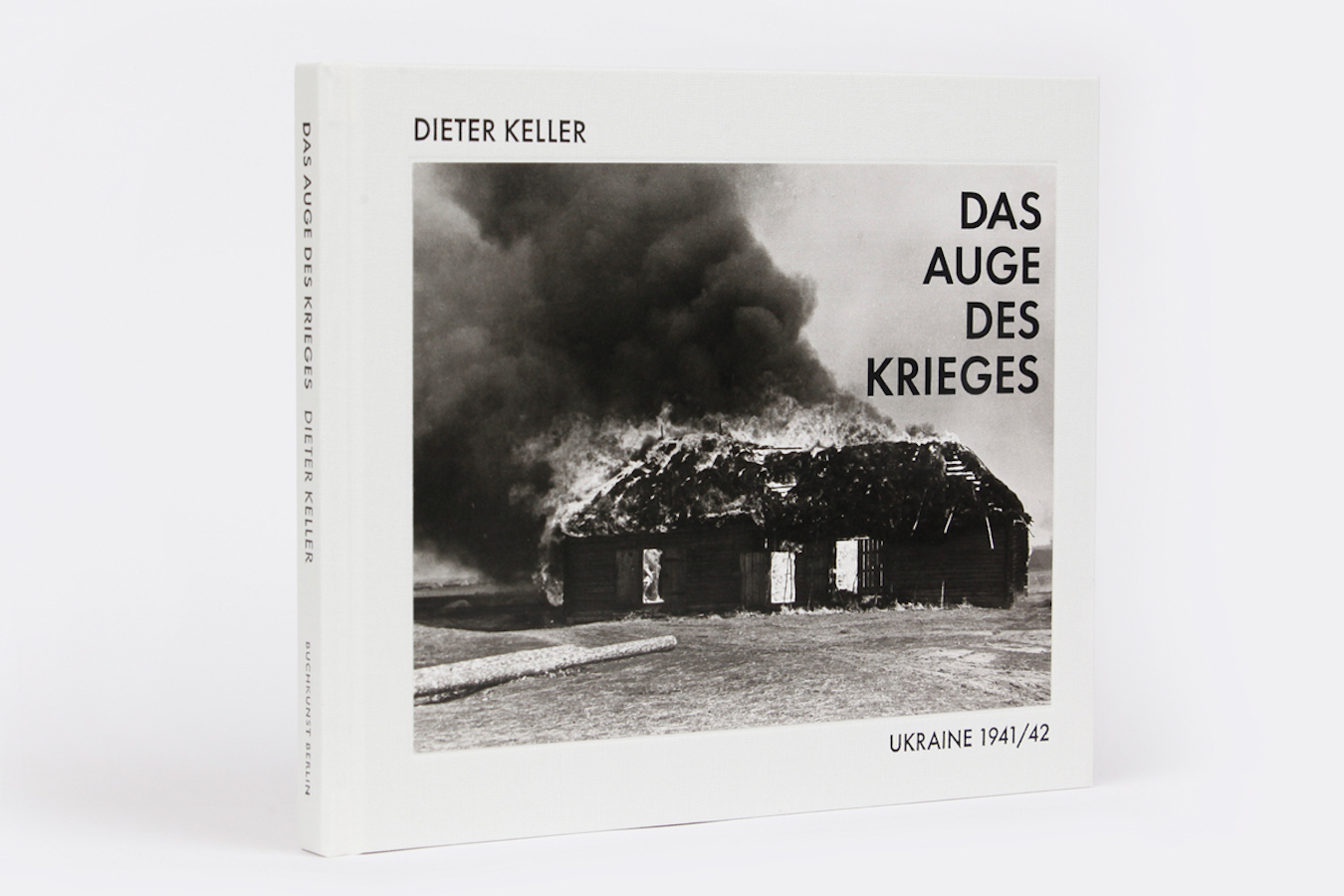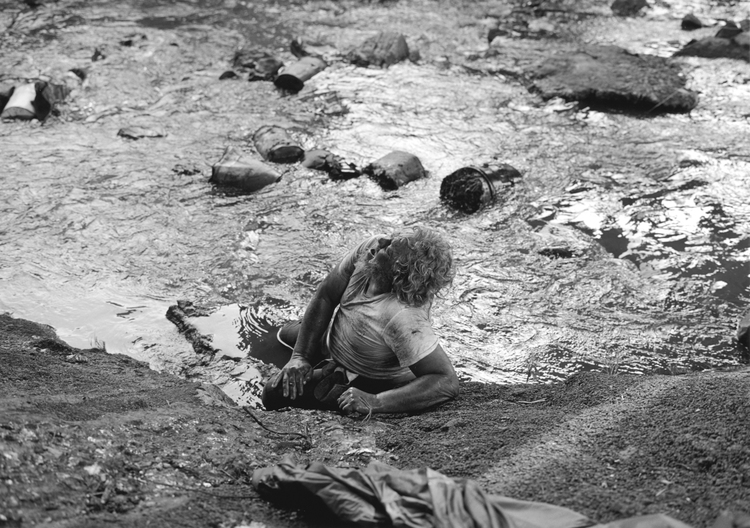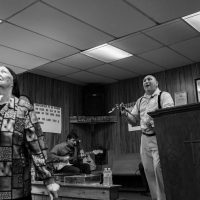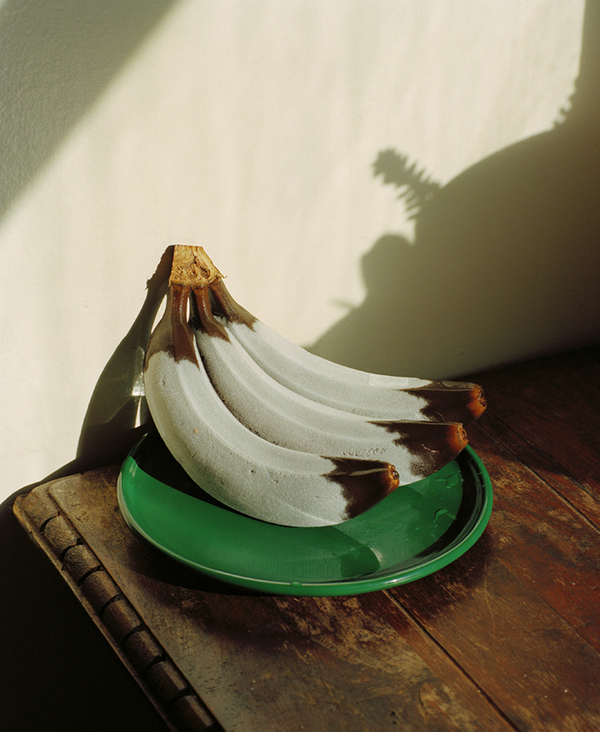There are a number of different ways to approach writing about photography and World War II and to be clear, none of them should consider self-indulgent metaphors as the favored model. The concentration of succinctly mediated and greatly detailed considerations should approximate the first port of call. The idea that history favors the winner suggests that even the most difficult of materials can be understood through the lens (even if opaque) of documentation. Documents are to be challenged from the position of the future, not the present. They are also to be sifted through with a nuance that regards different facets of their declarations.

Countless citations and opposable viewpoints that feature geographic, mechanical, psychological, and also genocidal points of view qualify, even if disputable or uncomfortable. In the case of victory, the sincere and often overlooked problematic discourse of the losing side is conditioned towards the whitewashing of the “baddies”- in this case the Nazi regime and its penchant for oblique and sequestered industrialized murder, but also the individual soldier or citizen of Germany whom we simply qualify as nothing short of the ultimate evil.
Othering of the loser of a war is important for collective consciousness and acts as a bulwark against the tide of human sympathy in the matters of inhumane consequence. Make no mistake, the discussion surrounding World War II and the Nazi regime and its considerable appetite for horror cannot be diminished, nor can much of its humanity be easily salvaged. However, the dehumanization process of or status of the victor scribing these actors to “them” lacks the detail and sincerely forgoes nuance and though this is no apologia, the categoriozation of “thems” and “Its” is a shorthand to historical documentation. Everything is much more complex than it seems and by alienating the human function of war and genocide, we will invoke what fears Hannah Arendt had precipitously pointed out in her writing on both Eichmann at trial and the Banality of evil. We must nuance the actors in war, not to distinguish their level of evil, but to understand from which point their humanity had changed course.

With these disclaimers and a consideration of how to examine Reich photography, we find ourselves in the unenviable position seventy plus years later of still finding stories that elicit and uncomfortable response to the human operators of technical photography within the Reich. If we set aside what we see as the pillars of Reich photography between Leni Riefenstahl and Heinrich Hoffman, we find an incredible and unfortunately rich amount of material photography that has survived the intervening decades.
There have been a number of post-war photography books on the subject of the war interpreted by artist looking to unpack the spectre of the trauma and to disarm and contextualize the photographic image of the Nazi regime-Nein Onkel by Timothy Prus, The Real Nazis by Piotr Uklanski, and a nearly limitless catalogue of other lesser projects that have continually dealt with the subject-its grip has been unrelenting and so unclenching that it disallows a closing. Within the volumes of works published, the range of interest oscillates between “picture books” of locations where battles were fought, the immediate post-war rubble of Germany as seen in Richard Peter Sr’s Dresden- Eine Kamera Klagt An and Later Michael Schmidt’s opus Berlin Nach 1945 to historically illustrated books seeking to “see” and in doing so condition a tenet that suggests by seeing, we may understand.
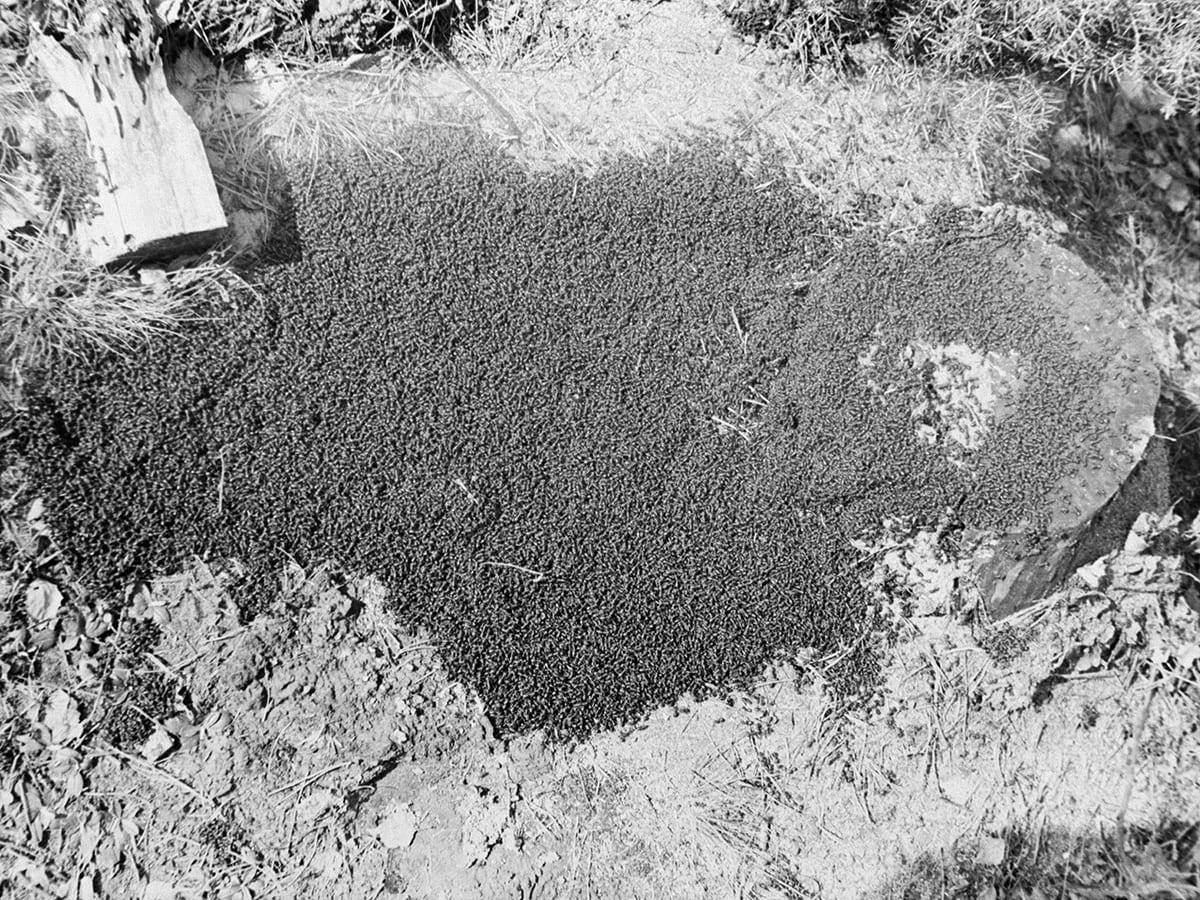
Dieter Keller was a Nazi employed in the Wehrmacht in the early 40’s. He participated or observed the systematic killing and torture of villagers on the Eastern Front of the war. Where is gets complicated is that he made beautiful photographic images surrounding the event that remind one of the Bauhaus movement, modernist masterpieces of the medium and later Tarkovsky-like interludes of solemn and questioning studies of the environment in which he found himself. He was, by official Nazi decree not supposed to have made these records. And yet….we have these records in Das Auge Des Krieges (Buchkunst Berlin).
